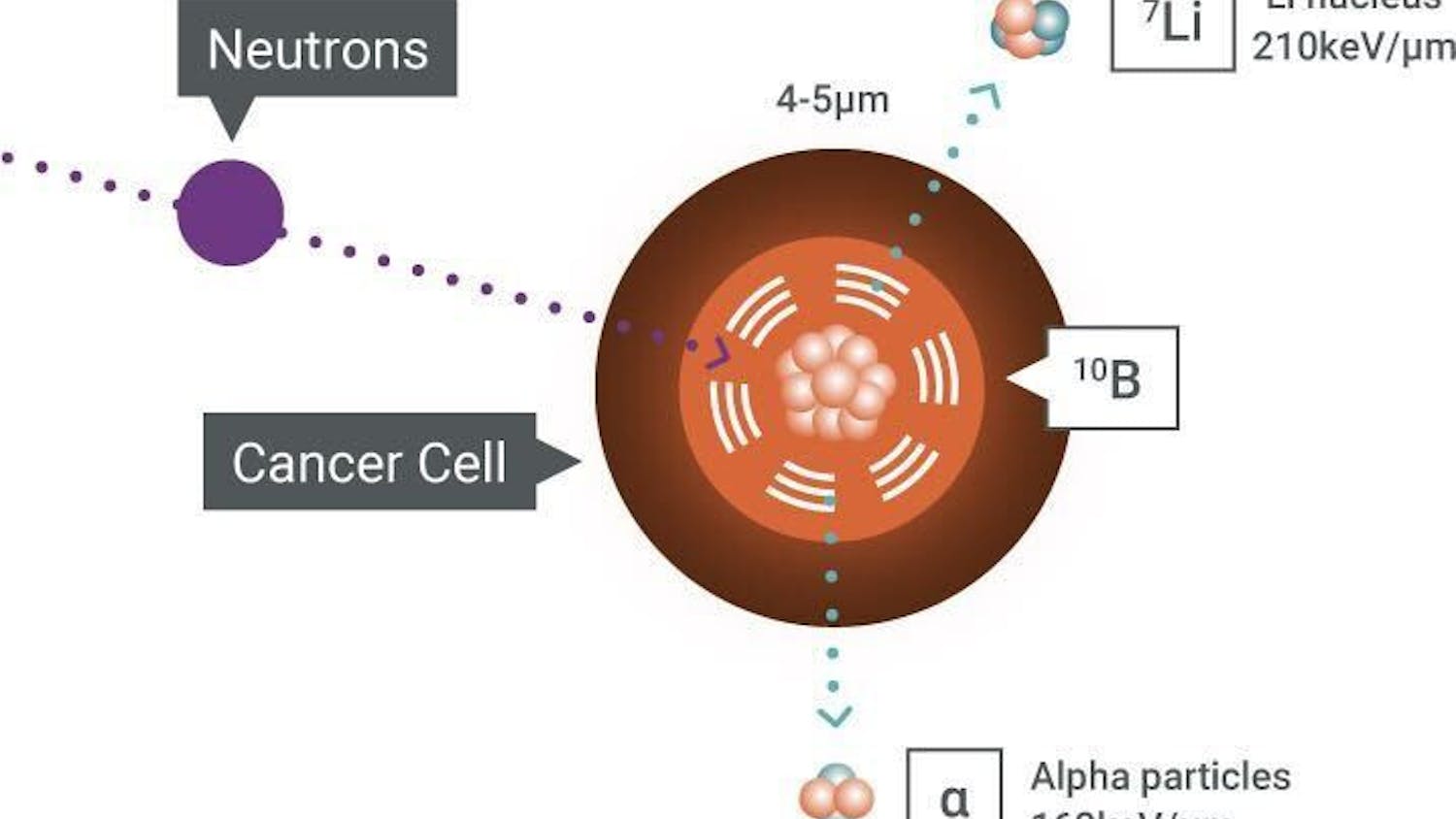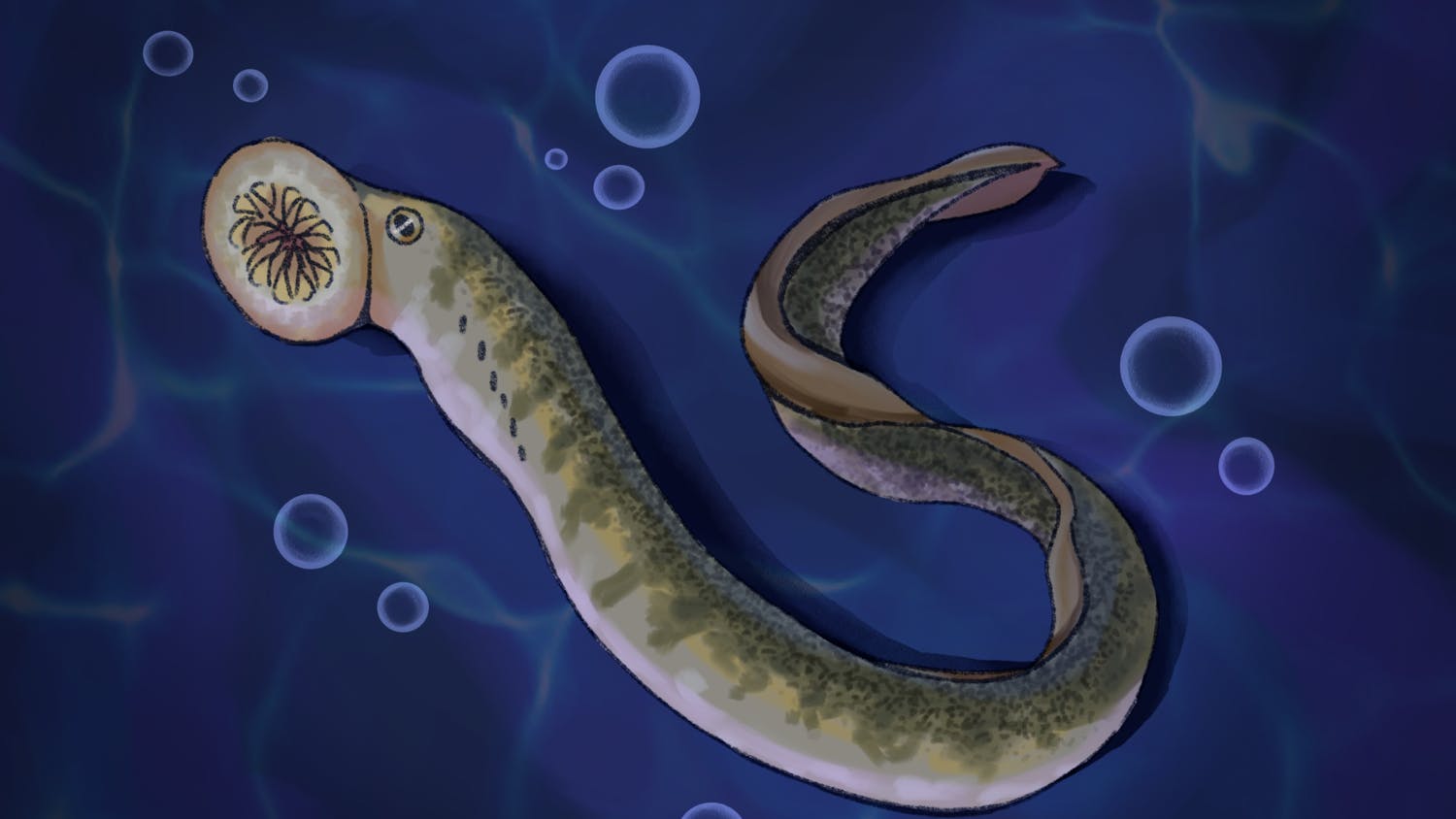“It started over beer in a meeting in China in 1998,” said professor John Valley. In Beijing that year, Valley met with Simon Wilde, who was able to provide him and a graduate student with what they needed: “the oldest oxygen on earth [that they] could find.”
This source of oxygen came in the form of zircons. Zircons are a kind of geochronological clock used to date the Earth’s crust. Extracted from ancient sandstone, zircons were originally sand grains that were transported by wind and water to Western Australia.
The beach-like land masses of Western Australia have been relatively undisturbed compared to those throughout the rest of the world. This might be why we find most zircons there and not in, for example, North America, says Valley. The Earth’s crust in North America has been disturbed over time fairly often by both geological and man-made processes.
Isolating zircon grains is a time-consuming and extensive process, since zircon is present at only a 0.1 of a percent level in the sandstone, says Valley. But the zircon mineral is much denser than other minerals in the sandstone, so researchers are able to use methods including water separation and magnetism separation to concentrate the zircon. The best-looking zircons are chosen optically, using an electron microscope or some other method.
For their research, Valley needed to date the zircons. In 2001, Valley’s group reported that one zircon was approximately 4.4 billion years old. This report was—as is most research looking back billions of years into the Earth’s history—contentious.
However, subsequent research published by Valley and others in this February’s "Nature: Geoscience" reinforces the conclusions made in 2001, proving that the underlying assumptions of determining zircon ages are correct. These conclusive findings hold implications for our understanding of the Earth’s history.
Valley’s current study is the first to use atom probe tomography on a naturally formed mineral. Atom probe tomography takes advantage of the unique atomic structure of zircon. Zircon concentrates uranium and excludes lead in its formation, providing a kind of clock by which we can date zircons and learn more about the Earth’s first continental crust.
“When the uranium turns to lead we can assume that all lead formed by decay,” Valley said.
The atom probe tomographic technique, developed by former UW-Madison professor of materials science and engineering Tom Kelly, uses a mass spectrometer to determine the mass of zircon atoms, isotope ratios and other useful measures that can tell us a bit about the Earth’s history.
Atom probe tomography can look at samples with volumes a million times smaller than those analyzed with SIMS, another analytic technique. Like SIMS, it is a destructive technique in that it destroys a portion of the zircon sample in the data acquisition process. But it’s an ideal technique to analyze zircons because zircon samples are so small, Valley says.
While the application of atom probe tomography to zircons is still an experimental technique, the current application shows Valley’s zircon has a preserved composition of lead from the time it formed. This is a “faithfully preserved record, like the pages in a book that haven’t been erased and you can trust what’s written,” Valley said.
With new confidence in the age-determining technique used to place the zircon in the Hadean age, Valley and his team made other measurements of the zircon, including oxygen isotope ratios. These are useful in determining when sustainable conditions for life were established on the Earth.
But, what do these findings mean for our understanding of the Earth?
We are now certain that approximately 4.4 billion years ago, there was already crust on the Earth, and this crust was evolving in its chemical composition. Therefore, the period of time when our planet was a fiery ball covered in a magma ocean to the time when our planet was covered by its first continental crust actually came around 400 million years earlier than supposed prior to Valley’s 2001 dating of the zircon. Whether the first continental crust was of the size of today’s continents is still unknown.
Valley’s finding also supports the hypothesis of a 'Cool Early Earth', which suggests long intervals of relatively temperate surface conditions were conducive to liquid-water oceans and early life. This holds implications in our search for other habitable planets, particularly Mars.
If we can show that life on Earth appeared shortly after the first crust formed, and if we can show that something similar happened on Mars, this “can increase the chances of it happening” elsewhere, says Valley. This increases the chances of our finding life like the types of life found on Earth on another planet.
The general public will be able to see the 4.4 billion year old zircon at the Geology Museum’s Open House this Saturday, April 5, from 9 a.m. to 4 p.m.





